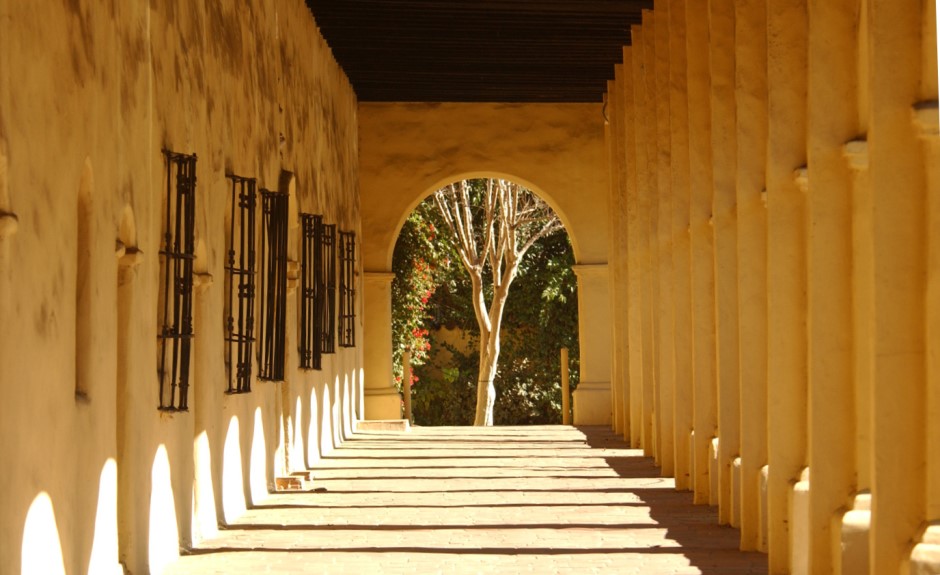Westlake Village History
Westlake Village is a picturesque and affluent city straddling the borders of Los Angeles and Ventura counties in Southern California, is known for its stunning lakes, golf courses, and natural beauty. However, the history of this thriving community is a fascinating tale of transformation, marked by the influence of Native Americans, Spanish settlers, and American pioneers.
A Land of Native American Heritage
Long before Westlake Village became the tranquil, affluent community it is today, it was home to the Chumash people, who inhabited the area for thousands of years. They lived in harmony with nature, relying on the region’s abundant resources for sustenance and crafting intricate baskets, tools, and other artifacts that showcased their creativity and skill.
The Chumash established a village called Hipuk, located near the present-day Westlake Village, where they hunted, fished, and gathered. The presence of ancient oak trees and natural springs made the area an ideal place to settle. Today, the Chumash culture and heritage continue to be celebrated through local events, museums, and historical sites.
Spanish Colonization and the Rancho Era
In the late 18th century, the Spanish began to explore and colonize California, bringing significant changes to the region. One of these changes was the establishment of the California Missions, a chain of 21 religious and military outposts built to spread Christianity among the Native American population. The closest mission to present-day Westlake Village was the Mission San Fernando Rey de España, founded in 1797.

The Spanish also introduced the rancho system, granting large tracts of land to prominent individuals for cattle ranching and agriculture. In the early 19th century, the Mexican government granted Rancho El Conejo, a 48,671-acre tract of land that encompassed Westlake Village, to José Polanco and Ignacio Rodríguez. The rancho remained a prominent agricultural center until the American occupation of California in 1846.
The American Era and the Birth of Westlake Village
Following the Mexican-American War and the Treaty of Guadalupe Hidalgo in 1848, California became a U.S. territory and later a state in 1850. Rancho El Conejo was eventually subdivided, and the land was used for agriculture, oil drilling, and real estate development.
It wasn’t until the mid-20th century that Westlake Village began to take shape. In the 1960s, the American-Hawaiian Steamship Company purchased a large portion of the land and began to develop a master-planned community, which they named Westlake Village. The community was designed with a focus on open spaces, recreational facilities, and a picturesque man-made lake, now known as Westlake Lake.
Over the years, Westlake Village has grown into a thriving, affluent community. In 1981, the city incorporated as a separate municipality within Los Angeles County, and later in 1987, the eastern portion of Westlake Village was annexed into the City of Thousand Oaks in Ventura County.
From its Native American roots and Spanish colonization to the development of a master-planned community, Westlake Village, California, boasts a rich and diverse history. Today, this thriving city is a testament to its storied past, with its beautiful lakes, world-class golf courses, exceptional dining, and vibrant community spirit.

